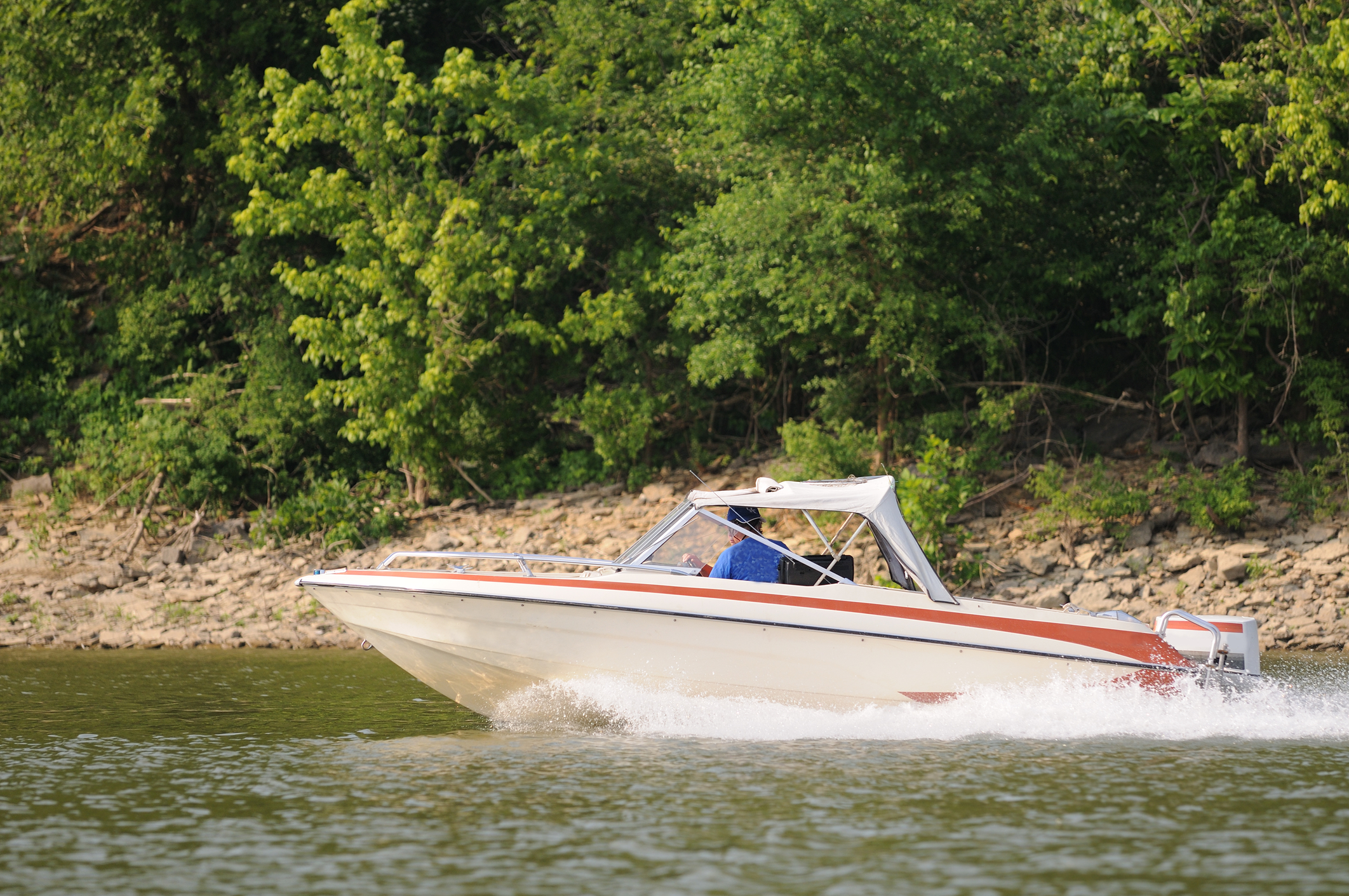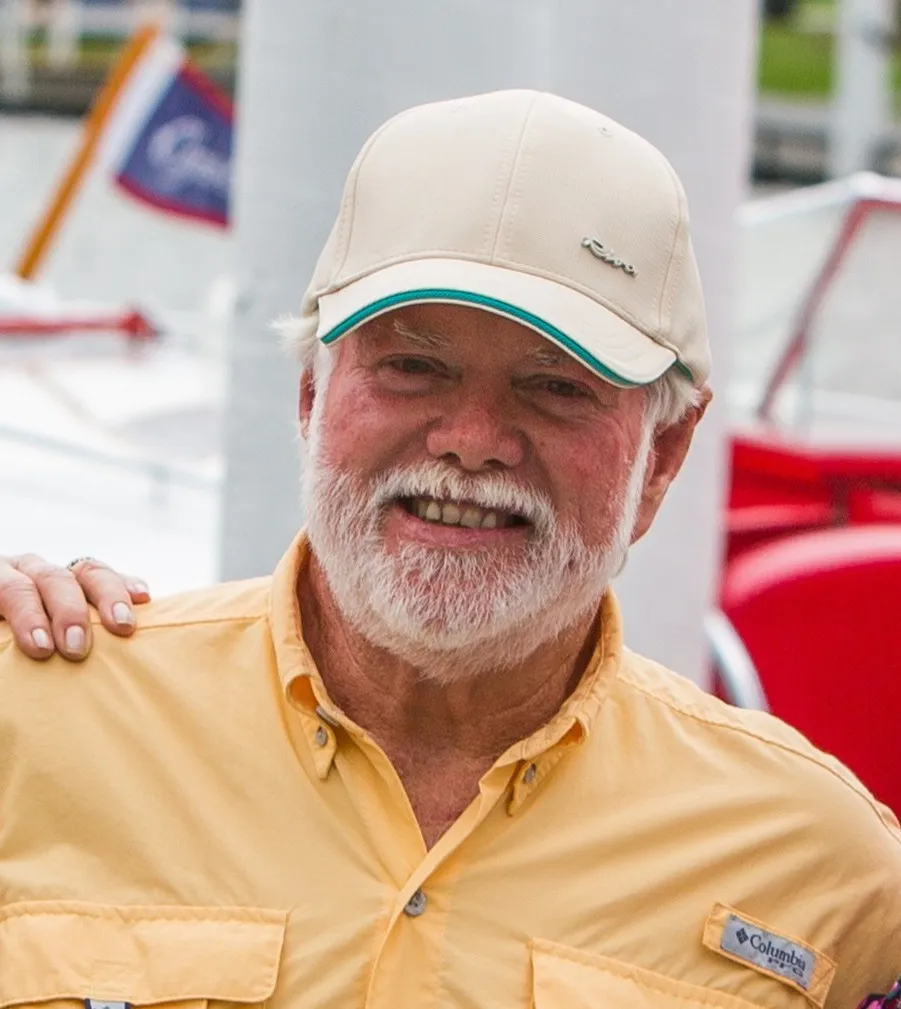

In the post-World War II era, America was transforming. Families were on the move, suburbs were growing, highways were stretching across the country — and a new revolution was quietly launching at boat ramps and marinas: the fiberglass boat.
Before the 1950s, most recreational boats were crafted from wood — heavy, expensive, and high-maintenance. They required careful upkeep and often permanent docking. But then came fiberglass, a modern material born from wartime innovation. Strong, light, moldable, and affordable, fiberglass wasn’t just a technological advancement — it was the spark that lit a cultural wildfire.
Fiberglass hulls meant boats could be made lighter and faster, yet still durable. They required far less maintenance than wooden boats and, crucially, could be mass-produced using molds. That dramatically lowered the cost and made boating accessible to average American families — not just the wealthy.
Because fiberglass boats were so much lighter, they became trailer-compatible, and the timing couldn’t have been better. America’s love affair with the automobile was in full swing. The new interstate highway system — signed into law in 1956 — made it easier than ever to tow a boat to a lake, river, or beach on a whim.
Now, a family could hitch a fiberglass runabout to their station wagon and head out for a weekend on the water. This mobility transformed boating from a marina-based pastime into a widespread, democratic recreational activity.
Meanwhile, across the country, a second revolution was happening: the rise of artificial lakes and reservoirs. In the 1950s and 60s, the U.S. Army Corps of Engineers and other agencies were creating lakes for flood control, power generation, and recreation.
Suddenly, thousands of square miles of new shoreline opened up. Suburban families had access to weekend boating just a short drive from home. It wasn’t just the coasts or the wealthy yacht clubs anymore — boating came to the heartland, the hills, the desert, and the suburbs.
With portability and affordability came new types of boats. The fiberglass hull made day cruisers, runabouts, and ski boats common — sleek designs optimized for fun. And with them came new pastimes: waterskiing, wakeboarding, and fishing tournaments.
This was boating not as transportation or commercial necessity — but as pure joy, recreation, and family time.
By the 1970s, fiberglass boats had reshaped the American landscape. They helped create a new identity for boating — one built around freedom, mobility, and leisure. Boating became a symbol of the good life, of sunny Saturdays, picnic coolers, and skimming across sunlit water.
The fiberglass hull wasn’t just a better boat. It helped democratize the water. And in doing so, it brought people together — to lakes and rivers, to beaches and bays, and to the center of American recreational life.
